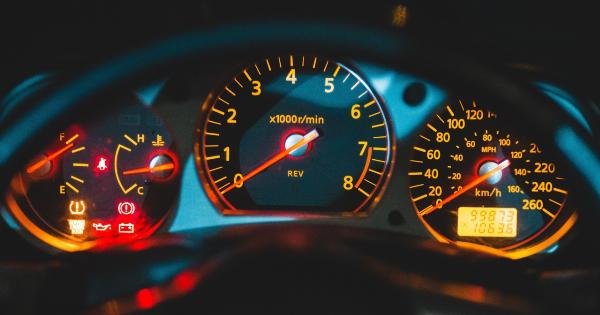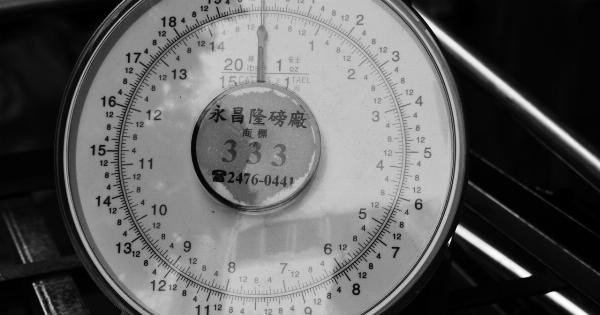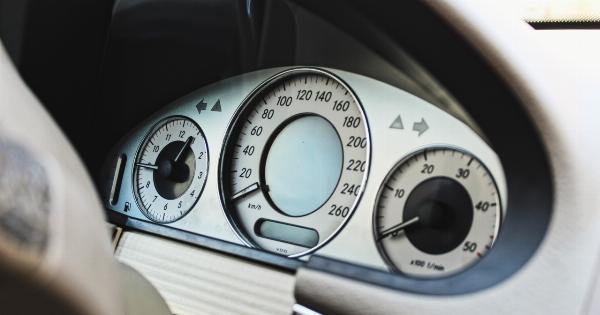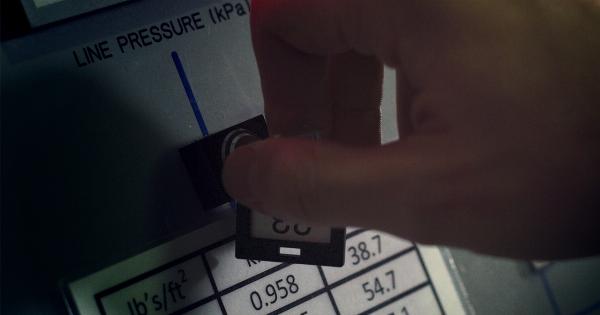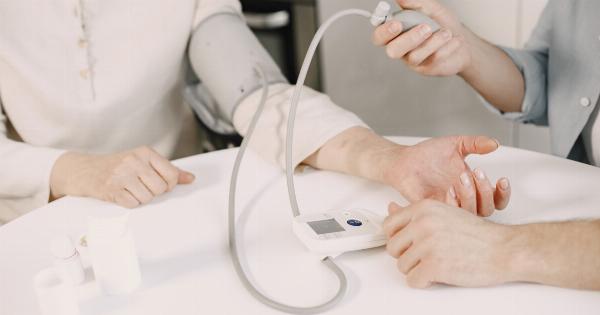Measuring pressure is an important aspect in various industries and applications. Whether it is for monitoring and controlling processes, ensuring safety, or conducting scientific research, accurate pressure measurements are crucial.
This comprehensive guide will delve into the different types of pressure measurements, the devices used for measuring pressure, and the important factors to consider when selecting a pressure measuring instrument.
Types of Pressure
Pressure can be categorized into different types based on the medium in which it is measured. The most common types of pressure include:.
1. Absolute Pressure
Absolute pressure is measured relative to a perfect vacuum. It includes the atmospheric pressure along with the additional pressure being exerted.
2. Gauge Pressure
Gauge pressure is measured relative to atmospheric pressure. It is commonly used to measure pressure in industrial and automotive applications.
3. Differential Pressure
Differential pressure is the difference between two pressures. It is often used to measure flow rates, filter clogging, and level changes.
Pressure Measuring Instruments
There are various instruments and devices used for measuring pressure. Some of the most commonly used instruments include:.
1. Manometer
A manometer is a simple device used to measure pressure by balancing the column of liquid against the pressure being measured.
2. Pressure Gauges
Pressure gauges are mechanical devices that use a dial and a needle to indicate pressure. They are widely used in industrial applications.
3. Transducers
Transducers convert pressure into an electrical signal. They are more versatile and can provide analog or digital output for further processing.
Factors to Consider
When selecting a pressure measuring instrument, there are several factors to consider:.
1. Accuracy
The accuracy requirement depends on the application. Some applications may require high precision, while others may tolerate a certain level of error.
2. Range
The range of the instrument should be suitable for the maximum and minimum pressure values expected in the application.
3. Environmental Conditions
The operating environment, such as temperature, humidity, and presence of corrosive substances, should be taken into account to ensure the longevity of the instrument.
4. Response Time
For dynamic processes, the response time of the measuring instrument should be fast enough to accurately capture the pressure changes.
Calibration and Maintenance
Regular calibration and maintenance of pressure measuring instruments are crucial to ensure accurate and reliable measurements.
Calibration involves comparing the instrument’s readings to a known standard, while maintenance includes cleaning, inspection, and repair if necessary.
Conclusion
Measuring pressure is essential in numerous industries and applications.
Understanding the different types of pressure, selecting the appropriate measuring instrument, and considering factors such as accuracy, range, and environmental conditions are key to obtaining reliable and accurate pressure measurements. Regular calibration and maintenance further enhance the performance and longevity of the measuring instruments.

